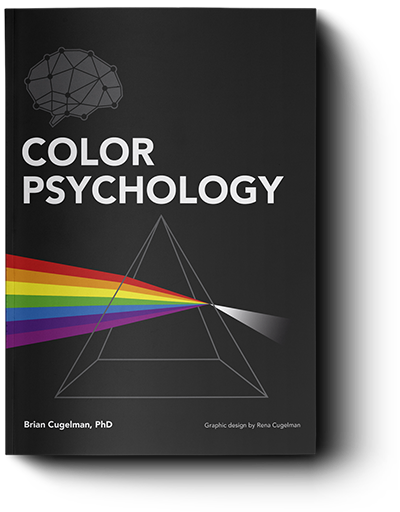 Anyone who has works in a highly competitive market soon realizes that success depends on constantly learning what works, in an environment with rapidly changing technology, social trends, media consumption habits, and competitors who are constantly striving to outflank each other.
Anyone who has works in a highly competitive market soon realizes that success depends on constantly learning what works, in an environment with rapidly changing technology, social trends, media consumption habits, and competitors who are constantly striving to outflank each other.
This constant struggle to stay ahead of the competition keeps many companies fixated on finding the next set of digital marketing principles that will give them a competitive edge. When it comes to finding good ideas, the web is full of advice on how to build digital products and campaigns that achieve extraordinary levels of engagement, conversion and retention.
Often this advice comes in the form of winning web design principles, and all sorts of articles on killer approaches, recommendations, and user experience tips. The bookstores are full of amazing advice, and there are so many great web design courses, online marketing classes, and user experience training opportunities. With so many resources, the hard part is figuring out which ideas matter most, for your unique product and market.
But where do you turn when you’re meeting your customers’ needs, your marketing looks slick, but for some reason, people are not engaging to the level that you believe they should?
At this point, you might be wondering what’s causing the problem. You might ask:
- Is our web design ugly, and scaring away customers?
- Or maybe our web site is beautiful, but does it offer a good user experience?
- Is the purple call to action noticeable enough? Should we make it blink?
- Do we need an interactive design boost?
- Are we tweeting boring tweets?
- How about our editorial tone?
- Maybe it’s our value proposition. No, it’s fine.
- Perhaps we’re not reaching the right audience? No, not that either.
- Could it be that our competitors are eating our food?
There are so many factors that can enhance or undermine the persuasiveness of your online properties, that it can sometimes take quite a lot of trial and error to figure out what matters. In some cases, everything looks great on the surface, but below the surface, there is a problem that is far more profound than your editorial content and pictures.
Sometimes, the problems can only be found in your past, as a credibility deficit—a key factor that shapes whether people will trust you, your company, and its brand. If people don’t think you’re credible, they won’t trust you, they won’t believe what you say, and they won’t consider doing what you ask.
Apart from offering something that people care about, credibility is potentially the most important psychological factor that can shape your ability to run high impact digital campaigns, whether you’re trying to shape people’s thoughts, attitudes, or behaviours.
Over 2,000 years ago Aristotle wrote about credibility as a key factor in persuasive speaking. Yet in our era, it’s still a key factor in persuasive communication—the only difference is that we communicate in a different way, but it’s still human communication no matter how it’s carried out.
Next, we’ll discuss why a trustful user experience is so important


